How can we help you?
Sleeping Bags & Mats
- Can I repair holes in my WOLFMAT?
- How is the filling in synthetic fibre sleeping bags constructed and attached?
- How reliable are the temperature ratings given for sleeping bags?
- Why are there no temperature indicators for the children’s sleeping bags?
- What’s the best way to transport my WOLFMAT?
- Why am I cold when my sleeping bag is recommended for low temperatures?
- How do I clean and care for Jack Wolfskin sleeping bags?
- What’s the difference between synthetic fibre and down sleeping bags?
- How do I store my WOLFMAT?
- How do I clean my WOLFMAT?
- Which sleeping bags are recommended for allergy sufferers?
- What do the temperature ratings on sleeping bags mean?
- Where do I find the product number or product name and the age of my Jack Wolfskin product?
-
Yes. The WOLFMAT can be repaired with the enclosed repair kit, which is also available in-store:
To locate leaks, manually blow up the mat as firmly as possible. Then either hold it under water or spray it with a fine film of water.
Small air bubbles will reveal leaks. Mark these areas and let your WOLFMAT dry. Then deflate the mat and close the valve.For small punctures, place one to two drops of glue onto the site of the leaks.
Let this dry for at least 60 minutes before using the mat. Caution: do not touch the wet glue!When repairing larger leaks, spread the glue thinly in a circular motion onto the dry, clean and possibly slightly roughened surface.
Spread an additional thin layer of glue onto the back of the patch. Caution: do not touch the wet glue!When the glue has dried (after approx. 2–3 minutes), place the patch on the mat and press down, stroking gently from the centre outwards. Smooth out bubbles and creases.
Afterwards, press down firmly and leave to dry for at least 60 minutes (should the tears exceed 1 cm in length, 120 minutes) or ideally 24 hours.
In damp conditions or when temperatures are lower than 5 °C, drying times increase by around 50%. -
The synthetic fibre insulation used in JACK WOLFSKIN sleeping bags is only sewn to the sides and to the lining in order to prevent thermal bridges. MICROGUARD consists of two different components, which are attached in different ways: the high-loft (MICRO) fibres in the lining provide optimal insulation, whilst the robust outer stabilising layer (GUARD) is only sewn to the outside side seam. This means that JACK WOLFSKIN MICROGUARD sleeping bags have no quilted seams on the outside.
Our current JACK WOLFSKIN sleeping bags feature THERMOZONE technology:
Additional layers of Microguard insulation partially protect areas most vulnerable to the cold (head, torso, feet).
This optimises heat retention and reduces weight. This is also adapted for the differing needs of men and women. The SMOOZIP –5 features additional fleece lining at the head, arms and feet. -
The temperature ratings according to the EN 13537 standard are generally very reliable.
This statutory regulation allows for easy comparisons between sleeping bags for both consumers and retailers: Every manufacturer selling sleeping bags in Europe is obliged by law to test and label their products according to this industry standard.Individual sensitivity to the cold is nevertheless subjective and difficult to determine. It depends on several different factors, meaning that this test cannot be 100% accurate.
These temperature ratings are currently the best available method of comparison and standardisation. The following principles form a simplified summary:The comfort rating represents a range of temperatures within which men and women comfortably sleep.
It would be too warm in the sleeping bag at higher temperatures, whilst it would be too cold at lower temperatures.The transition rating describes heat retention that is lower at the temperatures stated, but can be compensated for with thicker clothing.
With a risk rating, however, protection from the cold is no longer guaranteed.
-
There are no values comparable to the EN 13537 test for adults sleeping bags that can be used for children’s sleeping bags. That is because the tests required to conduct this are not allowed with children for ethical reasons. We can use a comparison with adult sleeping bags to give us a general idea, however, the way that children experience and react to heat and cold is not comparable to adults.
Nevertheless, we can say this much: our single-layer children's sleeping bags (GROW UP STAR / GROW UP KIDS) are the perfect summer sleeping bags. They are designed for school trips and camping outside on warmer evenings. For more ambitious excursions, such as ones sleeping in the open (boy scouts), we recommend the GROW UP COMFORT. It is significantly warmer. In any case, it is highly dependent on whether we are sleeping out in the open, in a tent or indoors, as the wind and humidity play a key role in how warm or cold we feel.
-
When transporting your WOLFMAT, protect it from sharp or pointed objects and from abrasion. When travelling, always use the pack sack supplied with the mat.
Never expose the mat to extreme heat over long periods. -
Temperature sensitivity is subjective and difficult to quantify. It is dependent on many different factors (nutrition, training, hypersensitivity to cold, the state of your health, body size, climatic conditions, the thickness of the sleeping mat, etc.) Even in the controlled tests conducted in accordance with European Standard EN 13537 to determine the sleeping bag temperature ratings, it cannot be completely quantified.
An additional liner, warmer clothing (a cap or thick socks are particularly effective) or a sleeping mat with better insulation can make a difference.Tip: choose a warmer model when purchasing a sleeping bag if you want to be on the safe side or know that you get cold easily.
-
Out and about
A cotton or silk liner will delay washing the entire sleeping bag, as it protects the inside of the bag from dirt, is easy to care for and can be washed quickly when you’re out and about.
We recommend that you turn your sleeping bag inside out after each night’s use and air it thoroughly. Don’t stuff it into its sack directly after airing. This will help the sleeping bag retain its loft until the evening, increasing the comfort.If you’re continuing your journey, do not leave a damp sleeping bag in its stuff sack for more than a day.Storage
To store the sleeping bag over an extended period, store loosely in a dry room or draped over a coat hanger. A large, air-permeable bag can also be used for storage.
The pack sack is only for short-term transportation!Cleaning
Small surface stains can be wiped away using a damp cloth. After 40–50 nights (longer if using a liner), the entire sleeping bag should be cleaned. Washing the sleeping bag yourself is significantly faster, cheaper and safer than taking it to a cleaner’s.
To preserve the loft of the insulating filling, a specialised detergent such as our UNIVERSAL CLEANER PLUS(for synthetic fibre sleeping bags) or UNIVERSAL DOWN CLEANER (for down sleeping bags) should be used instead of a conventional liquid or wool wash detergent.Hand-wash: soak the sleeping bag in a basin containing lukewarm water and UNIVERSAL CLEANER PLUS. If the bag is heavily soiled, repeat the process with fresh water and detergent. Rinse the bag thoroughly in lukewarm water. You should avoid wringing or scrubbing the bag. Instead, gently squeeze excess water out!
Machine wash: the machine must have a drum large enough to accommodate the sleeping bag without compressing it. Wash at 30 °C on a delicates or wool cycle. Ensure that the sleeping bag is thoroughly rinsed after two or three cycles and use a short, slow spin cycle.\The care instructions for apparel, footwear and equipment can be downloaded as a practical leaflet here.
Drying
Lift the sleeping bag carefully out of the basin/machine: it will be many times its own weight when damp and there is therefore a danger of tearing the stitching. The sleeping bag should therefore be dried flat instead of being hung up. Sleeping bags need approx. two or three days to dry. When drying a down sleeping bag, please remember to shake it to restore the distribution of the down!
A tumble dryer can also be used at a low temperature if the drum has a capacity of at least 180 litres. -
Down sleeping bags have an unbeatable warmth-to-weight ratio and pack up smaller than synthetic fill sleeping bags, however, they’re less effective when damp. Thin down sleeping bags are also suitable for use as hut sleeping bags and inlays.
Artificial fibre sleeping bags are particularly easy to clean and keep their heat retention, even when damp.
-
On the go
Roll up the WOLFMAT by opening the valve and squeezing out the air. For a particularly small pack size, you can open up the mat once more, roll it up again and release any residual air that has accumulated in the valve. You can also fold the mat lengthways and then roll it up this way to reduce the pack size even further. Use the storage bag provided to store – the mat will fit comfortably when rolled up tightly.At home
If the WOLFMAT has not been used for a long time, then open the valve and store the mat (unrolled) in a dry place (cupboard, under the bed, etc.). Please note: if the mat remains damp for too long, it is possible that mould could destroy the covering! -
Ensure that the valve is closed and clean your WOLFMAT with mild soapy water and/or with a soft brush. Rinse well and leave to dry.
Please note: if the mat stays damp for too long, it is possible that mould could destroy the covering.
-
For those who are allergic to dust mites or pollen, we would recommend a synthetic fibre sleeping bag, as they are easier to maintain and they can be washed more frequently.
If you suffer from an allergy to specific materials such as down or certain artificial fibres, you need to check which materials have been used to determine whether the sleeping bag is suitable for you.
-
Temperature measurements indicate temperatures for which a respective sleeping bag is more or less suitable. Our sleeping bags are tested using the EN 13 537 copper mannequin test and their performance rating marked on the temperature scale on the product itself. The specified ratings are classified as shown.
The comfort rating represents a range of temperatures within which men and women comfortably sleep.
It would be too warm in the sleeping bag at the higher temperatures, whilst it would be too cold at lower temperatures.The transition rating describes heat retention that is lower at the temperatures stated, but can be compensated for with thicker clothing.
With a risk rating, however, protection from the cold is no longer guaranteed.
-
There is a narrow label bearing a seven-digit product number behind the care label. Directly below the product number, there is a combination of several numbers and letters – the first two figures of this combination are the year of production. This information helps our customer service to process enquiries.
The respective product name of our apparel does not appear on the products. The label which features the article number is usually located at the side seam or in one of the jacket pockets.
On some of our products from the equipment range, there is also a product name directly below the Jack Wolfskin logo.
The size label is located inside the shoe (usually on the inside of the tongue).
Contact and help
Do you have any other questions or do you need individual assistance?
If so, please get in contact with our customer service team:
00800-WOLFSKIN
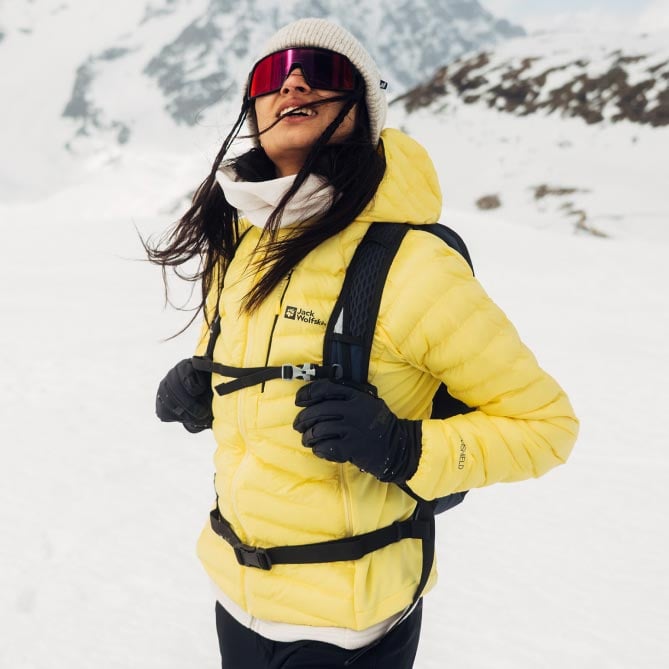
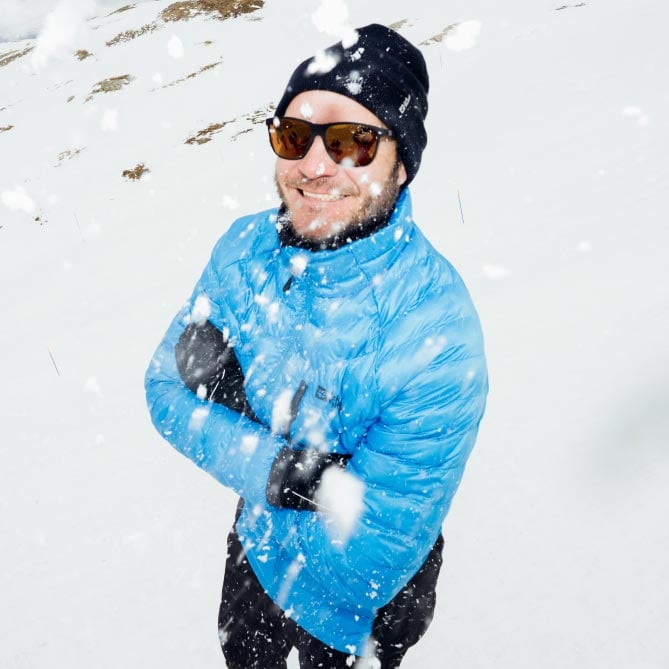
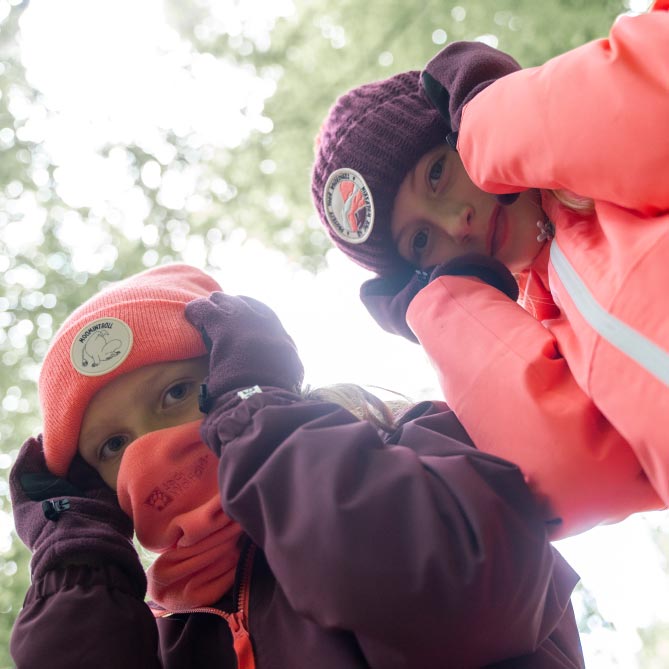
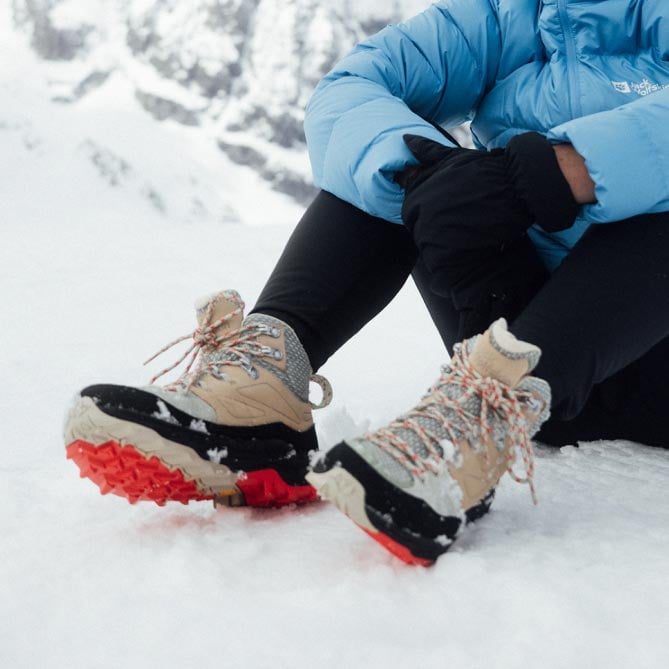
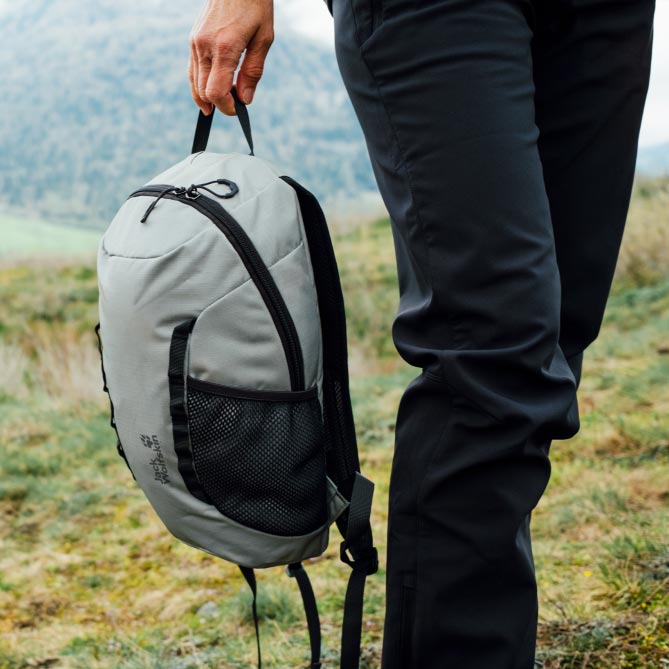
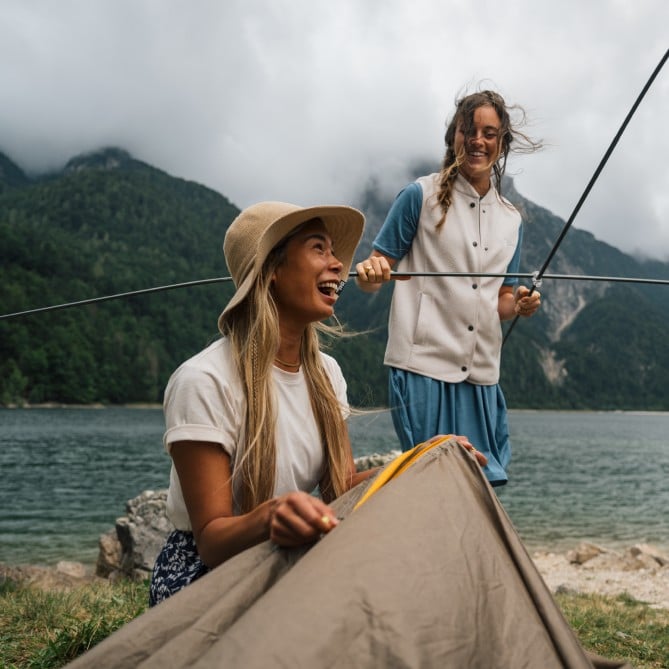
 Germany
Germany
 Austria
Austria
 Switzerland
Switzerland
 United Kingdom
United Kingdom
 Belgium
Belgium
 Bulgaria
Bulgaria
 Croatia
Croatia
 Cyprus
Cyprus
 Czech Republic
Czech Republic
 Denmark
Denmark
 España
España
 Estonia
Estonia
 Finland
Finland
 France
France
 Greece
Greece
 Hungary
Hungary
 Ireland
Ireland
 Italy
Italy
 Latvia
Latvia
 Lithuania
Lithuania
 Luxembourg
Luxembourg
 Netherlands
Netherlands
 Polska
Polska
 Portugal
Portugal
 Romania
Romania
 Slovakia
Slovakia
 Slovenia
Slovenia
 Sweden
Sweden
 LaCordee.com - CAN
LaCordee.com - CAN